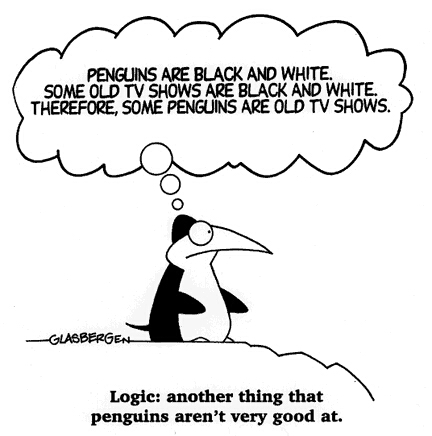Can 2=1 ?
If A=B
Multiply by A on both sides, you get A²=AB.
Subtract B² from both sides,
you get A²-B²=AB-B².
Factor both sides, you get (A+B)(A-B)=B(A-B).
Divide by (A-B) on both sides, you get A+B=B.
Because A=B, therefore B+B=B,
If 2B=B, then 2=1.
Answer: The problem is when you try to divide both sides by (A-B).
Because A=B, therefore (A-B)=0.
You can't divide any equation by zero.


